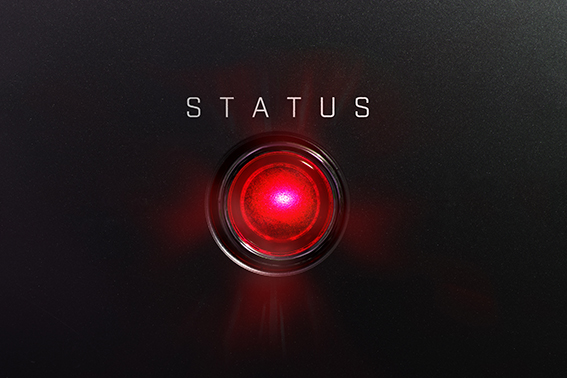A warning system is a crucial ingredient in countering hybrid threats. A general problem is that hybrid threats are ambiguous and fuzzy and we lack fixed standards to adequately address them. This makes devising a warning system for such threats intrinsically difficult and challenging. This Strategic Analysis-paper addresses this call for attention and explores how the warning process, including communicating these warnings in a timely manner, should be adapted to the context of hybrid threats.
The indicators that were used during the Cold War do not fully address the indicators that signal hybrid threats. Here, a great diversity of instruments, both military and non-military, as well as threat actors need to be understood and monitored to provide adequate warning. While traditional threats had one specific (intelligence) organization thatprovided guidance to direct the warning process, this is less so in hybrid conflicts. In hybrid monitoring there are constantly changing actors and networks of actors that bring relevant resources to the table calling for alternative ways of dealing with the direction of the warning process. Although hybrid threats are considered to be wicked problems, we can start to understand, that a warning system for hybrid threats is not impossible. This can be done by looking at the “how” of warning through the four phases of warning for hybrid threats (1) the direction of the warning efforts, (2) collecting the information, (3) analysing the threats, and (4) communicating the warning analyses.


 Hybrid CoE Strategic Analysis
Hybrid CoE Strategic Analysis 




